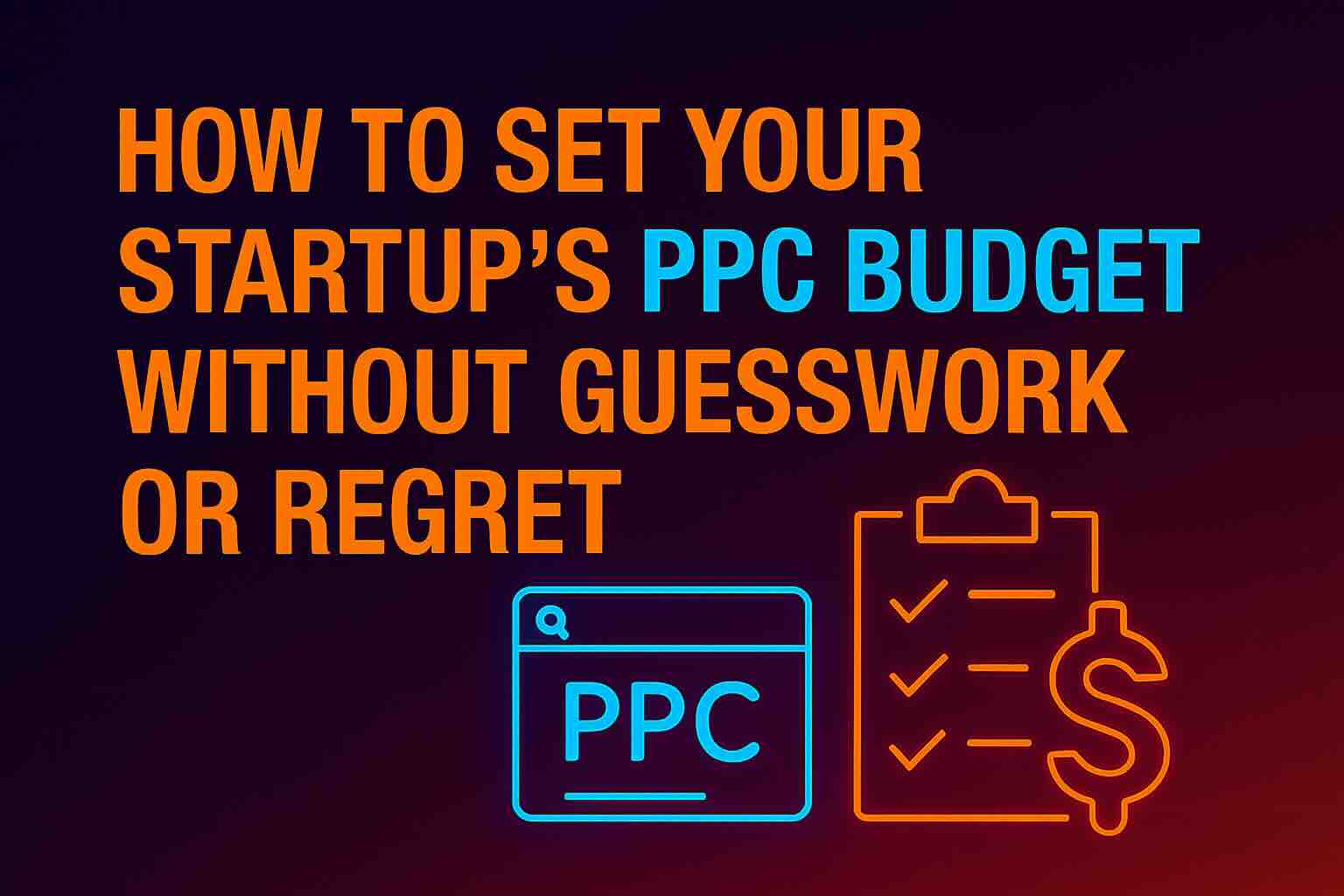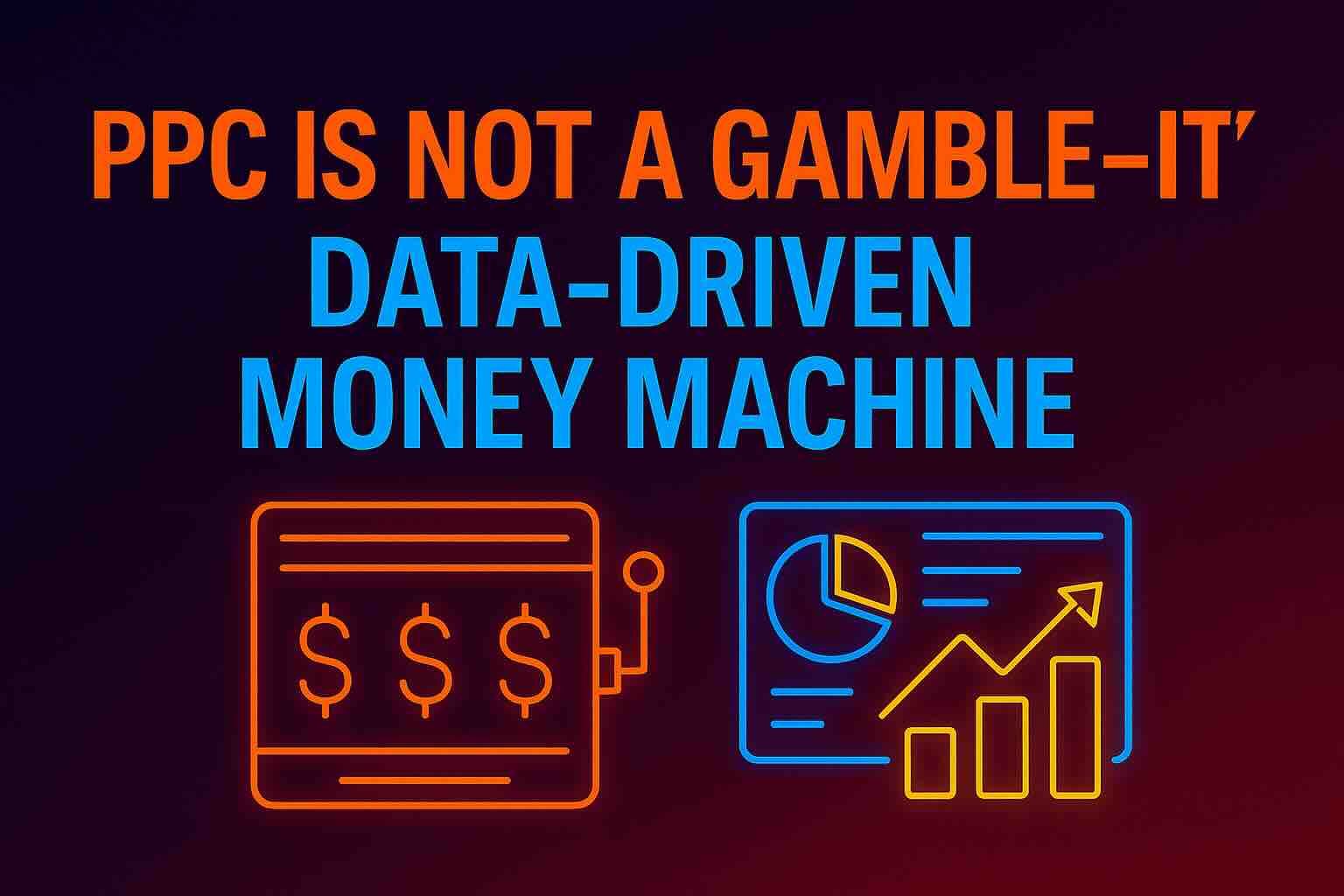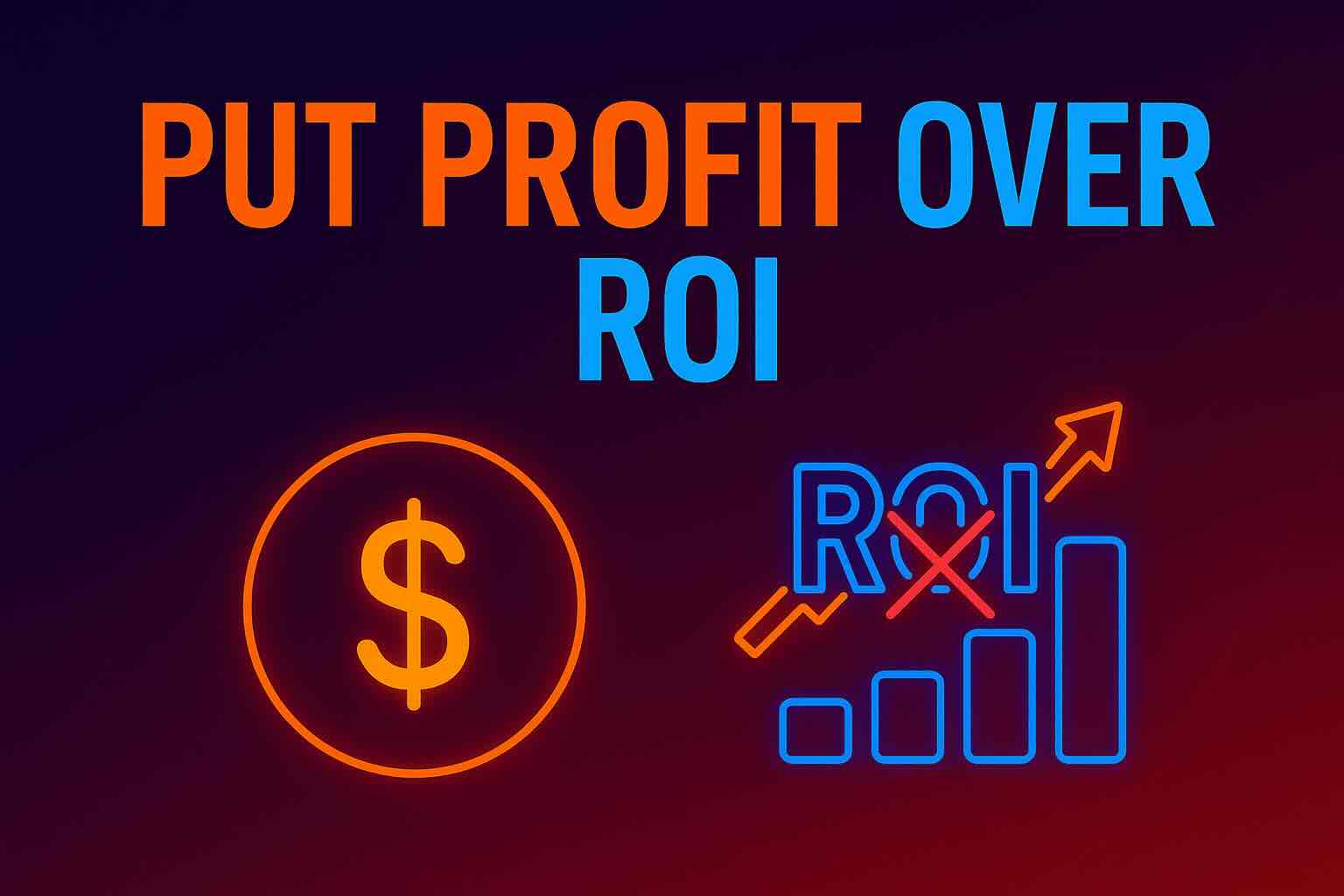How to Set Your Startup’s PPC Budget Without Guesswork or Regret
Most startups burn cash on PPC without a plan. This post gives you a clear, proven formula to set your starting budget with confidence, and avoid the money pit trap.
Startups love speed. But when it comes to PPC, rushing in without a plan can burn your budget—fast.
One of the first questions I hear from founders is: “How much should we spend on Google Ads to test if it works?” I get it. You’re juggling burn rate, growth targets, and pressure from investors who want traction yesterday. Results matter. But so does the strategy behind your spend.
Here’s the truth: there’s no one-size-fits-all number. However, there is a method.
And once you understand how data, risk, and growth interact, you’ll stop guessing and start scaling.
Why Most Startups Get PPC Budgets Wrong
Most startups get it wrong because they focus on comfort over outcomes. They say, “Let’s start with $500 and see what happens.”
The issue? That $500 rarely provides enough data to make informed decisions. It won’t generate sufficient clicks. It won’t deliver enough conversions. Most importantly, it won’t give you the insights needed to optimize. Eventually, you conclude that PPC doesn’t work.
But in reality, the problem wasn’t PPC—it was underfunding the experiment.
The Three Forces Behind a Smart PPC Budget
Every effective PPC budget is built on three pillars:
- Data Load (L): How complex is your campaign? Are you targeting multiple keywords or diverse audiences?
- Data Cost (C): What’s the average cost per click in your space?
- Risk Factor (R): How aggressive are you willing to be? What’s your appetite for burn vs. learn?
The formula: Budget = (L + C) × ¼R
The risk factor matters more than most people think. Many founders say they want growth—but they act like they want safety. You can’t have both.
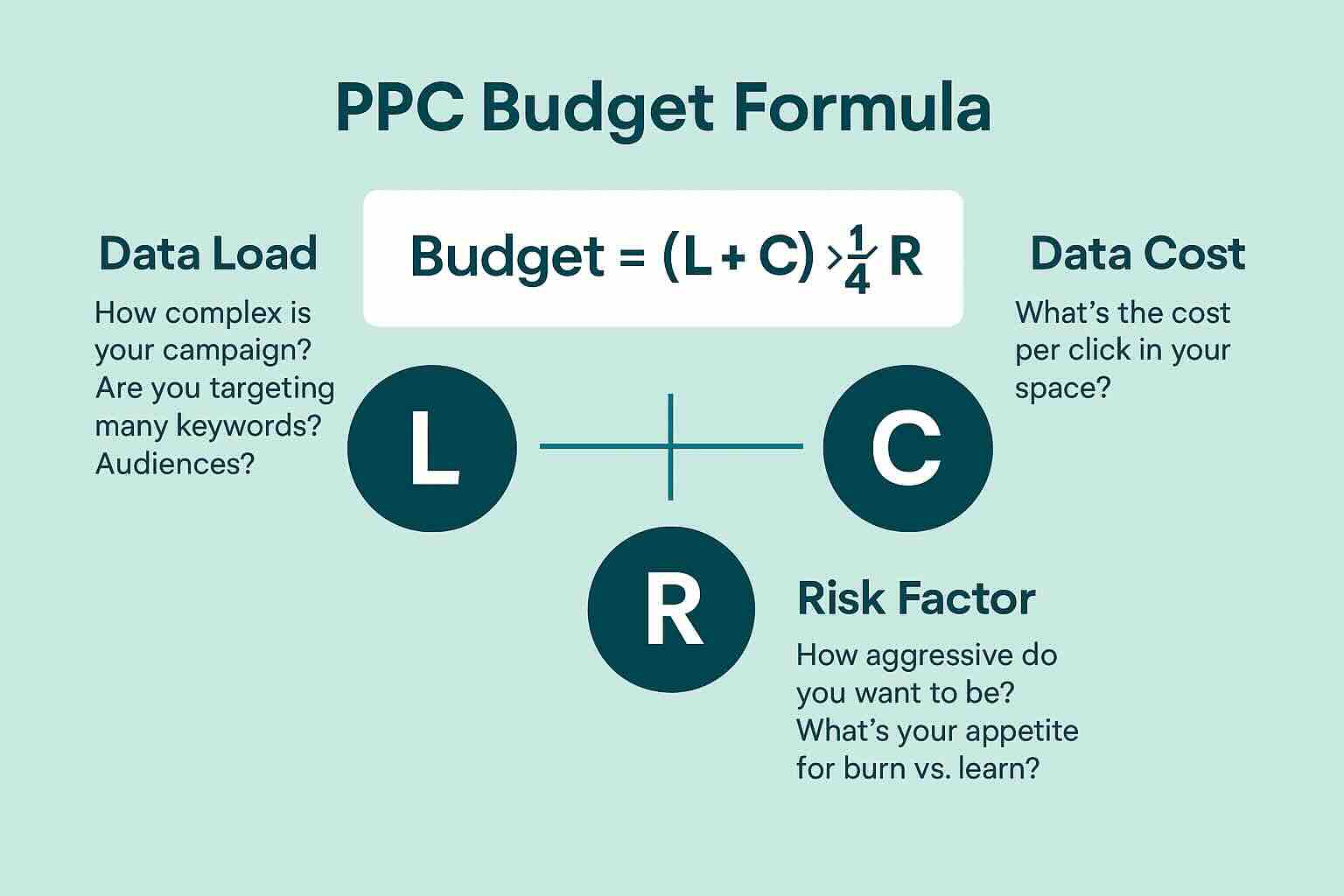
The Three Phases of a Profitable Campaign
To turn ad spend into profit, you need to move through three phases:
- Benchmark Period: Spend about 10% of your budget to gauge CPCs and CVRs. This is where you gather your baseline.
- Optimization Period: Use data to improve targeting, test ads, and fix funnel issues. This is your experimentation zone.
- Growth & Profit Period: Once you reach 100% ROI, you can scale confidently without compromising efficiency.
Think of it like building a fire. First, you gather dry wood (data). Next, you light it (optimize). Then—and only then—you pour on the fuel (scale).
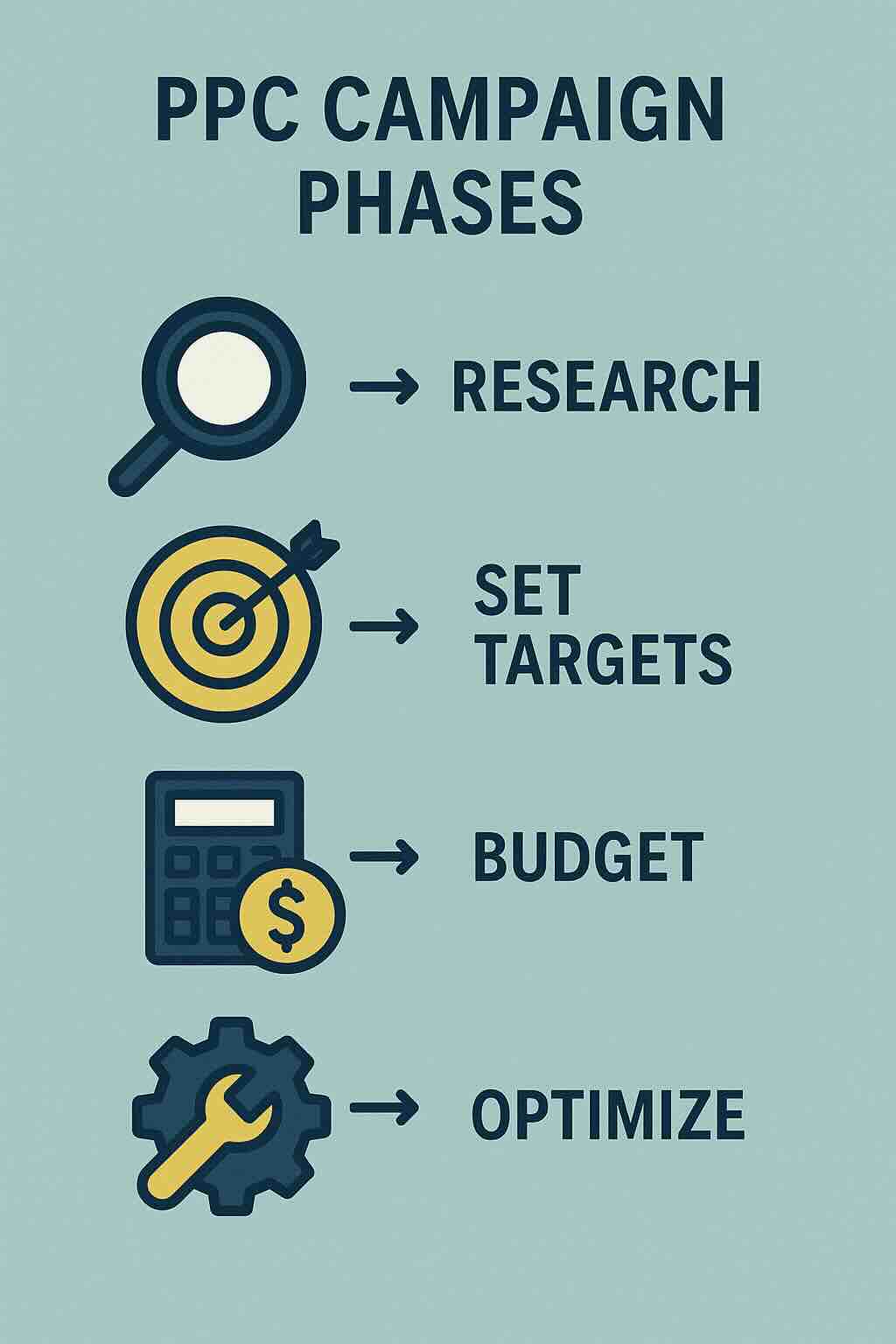
A Real-World Example: From -$1,880 to $4.7K Profit
Here’s what happened when one client committed to a structured approach. They started with $2,000/month. Early numbers were brutal:
- CPC: $5
- CVR: 0.3%
- ROI: 6%
Losses mounted quickly. But we stayed the course. With continuous testing and optimization, we broke even by Week 5. After that, performance skyrocketed:
- Week 10: 100% ROI
- Week 15: 186% ROI
- Monthly profit: $3K+
Early losses aren’t failure. They’re tuition for long-term ROI.
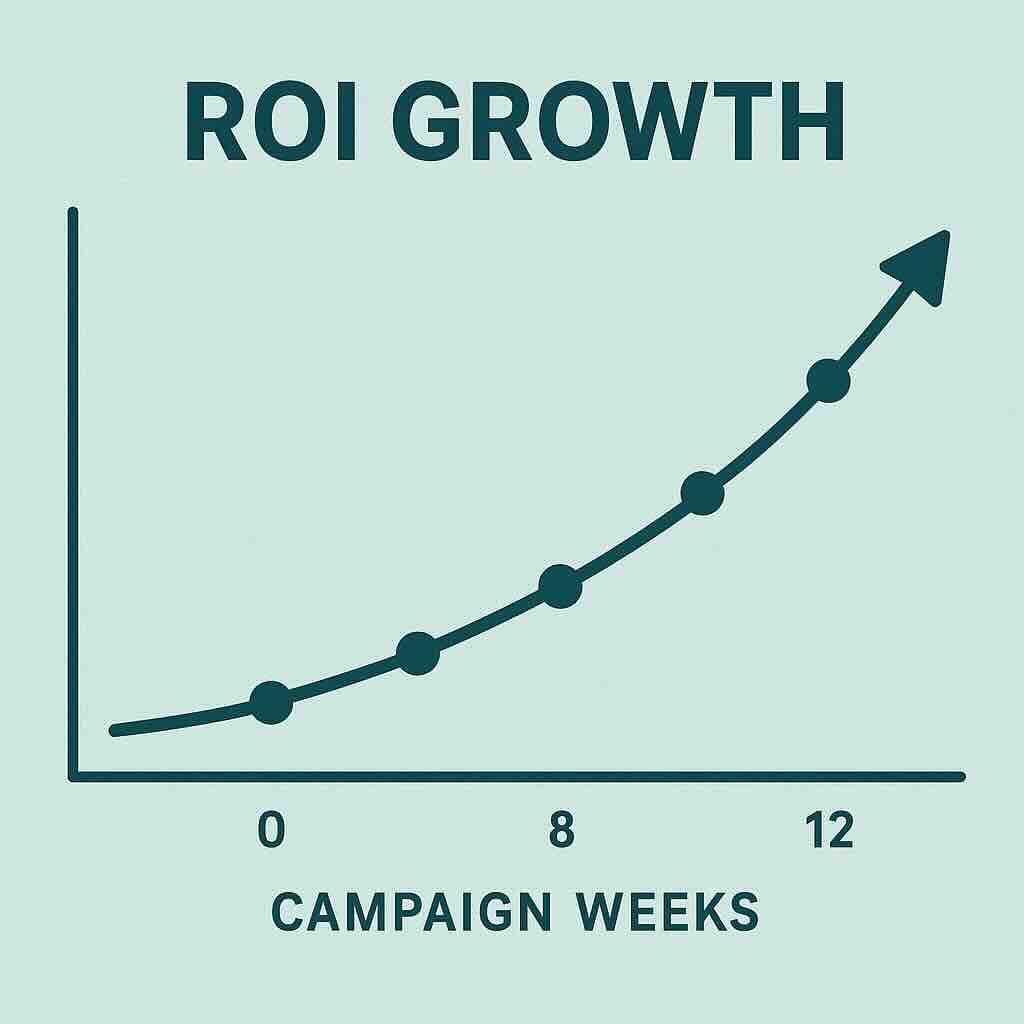
Set Expectations to Reduce Stakeholder Anxiety
Investors and executives might panic when early ROI is negative. That’s natural. Your job is to guide them through the process:
- Benchmark = data gathering
- Optimization = continuous testing
- Growth = scale with confidence
By showing them where you are in the journey, you create trust and reduce anxiety.
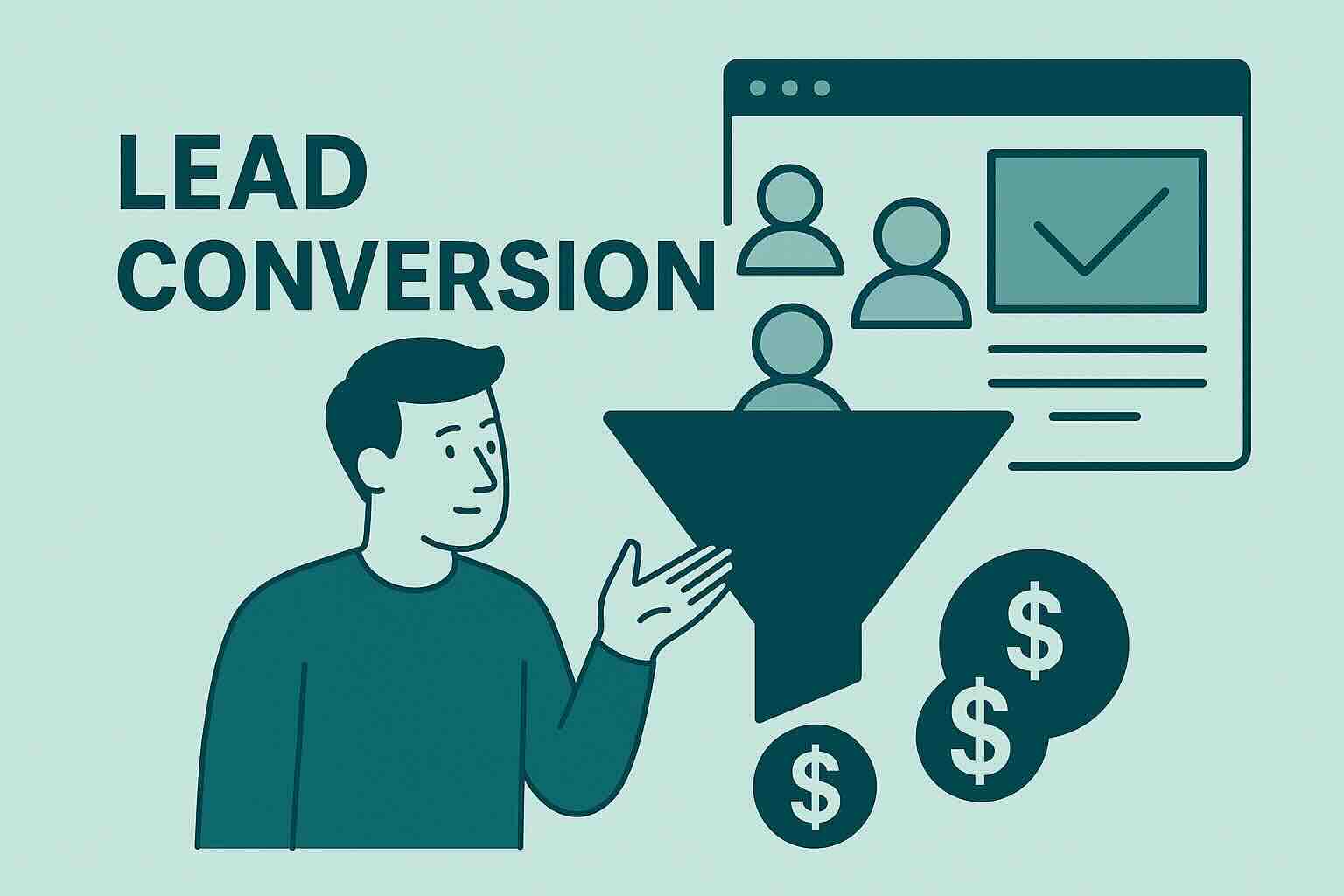
Bottom Line: Stop Guessing. Start Scaling.
You don’t need to “try” PPC. You need to commit—with a plan.
Set a realistic budget. Respect the data cycle. And if you’re ready to stop guessing and start scaling, let’s talk.
We help startups set PPC budgets that fuel real growth.
PPC Is Not a Gamble, It’s a Data-Driven Money Machine
[anchor id=1] The Myth of Easy ROI Too many businesses expect PPC to be profitable from day one. That’s not…
Reading Time: 3 min
Why 300% ROI Might Be the Dumbest Goal in Marketing
[anchor id=1] ROI and CPA: Same Coin, Different Sides Everyone loves bragging about ROI. "We hit 300%!" Cool. But what…
Reading Time: 3 min
Why Meta CAPI Is Critical for Startups with Long Sales Cycles
If you're still relying solely on the Meta Pixel to track conversions, you're flying blind. Meta's Conversions API (CAPI) is…
Reading Time: 4 min
